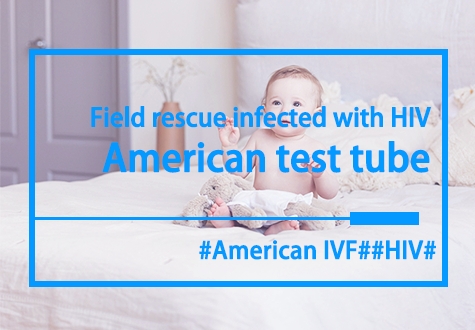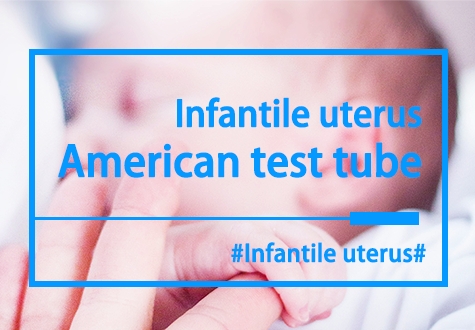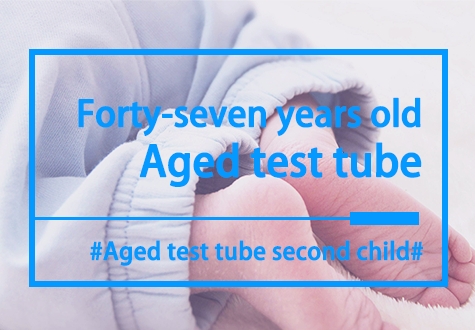Premature ovarian failure: Why three generations of tube technology is preferred?
Women with premature ovarian failure can choose three generations of test tubes, and the advantages of three generations of test tube technology are particularly obvious for patients with premature ovarian failure. First, because the number and quality of eggs in patients with premature ovarian failure are affected, genetic screening through three-generation test tube technology can select higher-quality embryos for transfer, thereby improving pregnancy success. Secondly, patients with premature ovarian failure tend to be older, and the risk of genetic disease is correspondingly increased. Genetic screening with three-generation test tube technology can effectively reduce the risk of genetic diseases and bring safer reproductive options to patients with premature ovarian failure.

The main reasons for patients with premature ovarian failure to choose three-generation test tube technology are as follows:
1, improve the success rate of pregnancy: due to premature ovarian failure, the number and quality of women's eggs will be affected, resulting in increased difficulty in natural conception. The three-generation test tube technology can help patients with premature ovarian failure realize their fertility dreams through in vitro fertilization and embryo transfer. By carefully selecting higher quality eggs for fertilization, combined with embryo culture technology, the three-generation test tube technology can significantly improve the success rate of pregnancy.
2, reduce the risk of genetic diseases: premature ovarian failure may be related to genetic factors, therefore, through the genetic screening link in the three-generation test tube technology, the embryo can be genetic testing, screen out healthy embryos for transfer. This can effectively avoid passing on genetic diseases to the next generation and reduce the risk of genetic diseases.
3, simulate the internal environment to promote fertilization: In view of the egg quality problems that may exist in patients with premature ovarian failure, the three-generation test tube technology can promote the development and maturity of the follicles in the female body through means such as promoting excretion surgery to meet the requirements of egg retrieval. At the same time, in vitro to simulate the internal environment, so that the egg and sperm naturally combined to form a fertilized egg, improve the success rate of fertilization.
4. Embryo culture and selection: The three-generation test tube technology also includes the embryo culture link, which can allow the fertilized egg to continue to develop in vitro, while observing and evaluating it. Through embryo culture, the embryos with the most potential for development can be selected for transfer, further improving the success rate of pregnancy.
5, advanced technology and safety: compared with traditional IVF technology, three generations of test tube technology is more advanced and safe. By precisely controlling the fertilization and embryo culture process, as well as genetic screening of the embryos, the three-generation test tube technology can ensure that the transferred embryos are healthy, high-quality, and reduce the risk of miscarriage and birth defects.
Three generations of test tube technology operation process
The operation process of the three generations of tube technology includes the following steps: First, the doctor will conduct a comprehensive physical examination and evaluation of the couple to determine whether it is suitable for IVF treatment. Second, the doctor will stimulate the woman's ovaries to produce more eggs with ovulation stimulating drugs. The doctor will then combine the egg and sperm to form a fertilized egg in the lab and grow the embryo under certain conditions. During the embryo culture process, doctors perform genetic screening on the embryos to screen out healthy ones. Finally, doctors transfer the selected healthy embryos back into the woman's uterus to achieve a pregnancy.
The main reasons for patients with premature ovarian failure to choose three-generation test tube technology are to improve the success rate of pregnancy, reduce the risk of genetic diseases, simulate the internal environment to promote fertilization, embryo culture and selection, and advanced technology and safety. These advantages make the three-generation test tube technology the preferred solution for patients with premature ovarian failure to realize their fertility dreams.














